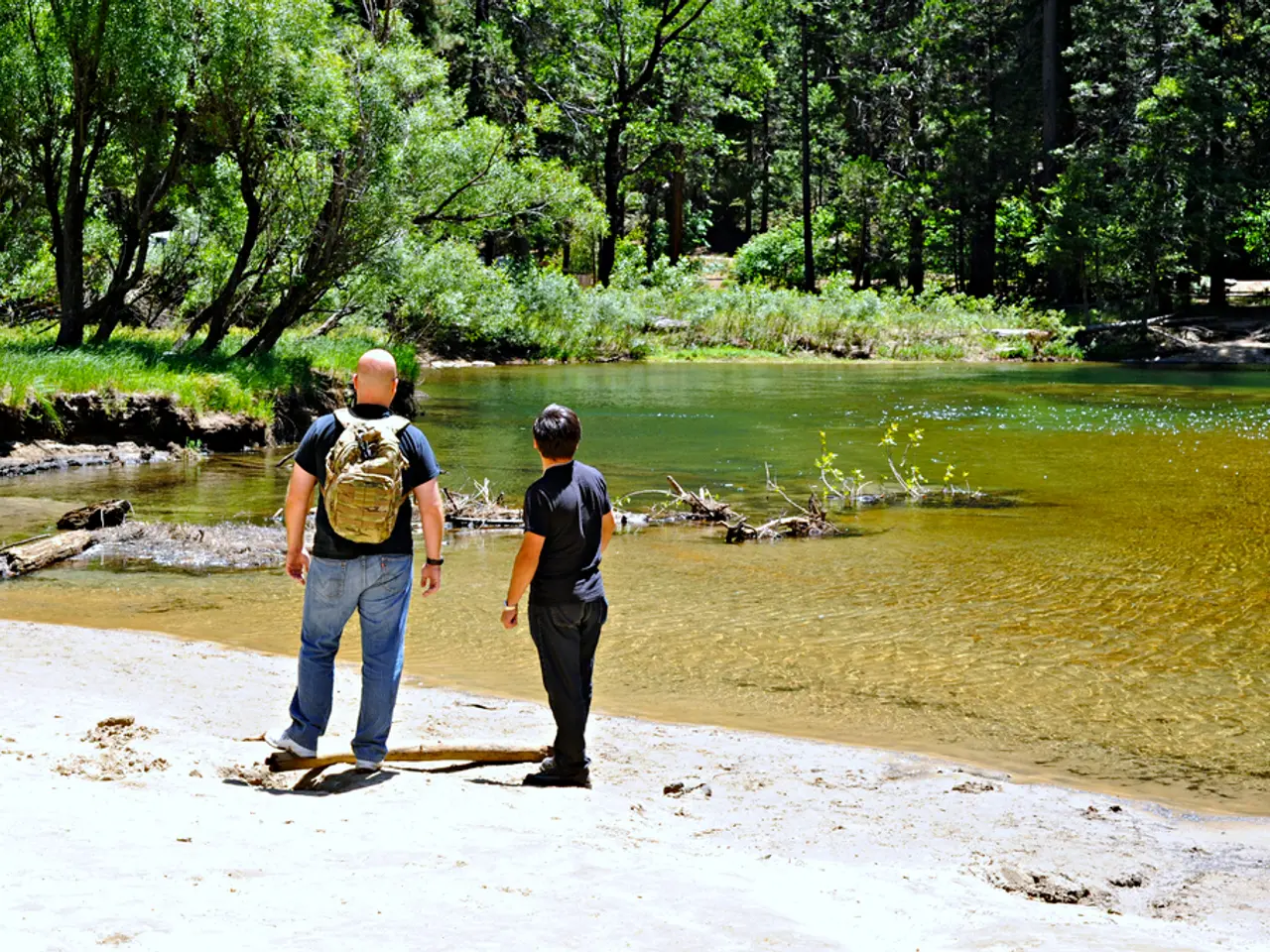Global Access to Decentralized Finance (DeFi) May Undergo Transformation Through Project Acacia, Initiated by Reserve Bank of Australia
Project Acacia, a joint initiative between the Reserve Bank of Australia (RBA) and the Digital Finance Cooperative Research Centre (DFCRC), is set to explore the potential of digital money and existing settlement infrastructure to support the development of Australian wholesale tokenized asset markets.
The ambitious project aims to understand how central bank digital currencies (CBDCs), stablecoins, bank deposit tokens, and new ways of using banks' exchange settlement accounts at the RBA could enhance the functioning of wholesale financial markets in Australia.
With a focus on 24 innovative use cases from a diverse range of organizations, Project Acacia is poised to make a significant impact. These use cases cover various asset classes, including fixed income, private markets, trade receivables, and carbon credits. Nineteen of these pilots involve real money and asset transactions, while five are proof-of-concept use cases involving simulated transactions.
The project tests settlement assets including stablecoins, tokenized deposits, and a pilot wholesale CBDC issued on multiple public and private distributed ledger technology (DLT) platforms like Hedera, Redbelly Network, R3 Corda, and Canvas Connect.
Brad Jones, Assistant Governor at the RBA, has emphasised the importance of ensuring Australia's payments and monetary arrangements are fit-for-purpose in the digital age. The progress of Project Acacia signals a future where digital assets and regulated finance coexist.
The Australian Securities and Investments Commission (ASIC) is granting regulatory relief to participating entities to streamline and support the pilot's operations, fostering innovation while ensuring compliance.
As Project Acacia moves forward, it will incorporate stablecoins, tokenized bank deposits, and a pilot wholesale CBDC. The upcoming trials will encompass various asset classes, including private markets, carbon credits, and fixed income.
For the Shiba Inu community and developers, staying informed and adaptable will be key to leveraging advancements while preserving the decentralized ethos. Shibarium, as a Layer 2 solution, may eventually need to integrate with emerging systems like stablecoins, CBDCs, and tokenized assets.
As Project Acacia shapes the framework and technological foundation for stablecoins, CBDCs, and tokenized asset markets in Australia, it positions the country for a digital future in finance.
Disclaimer: The Shib Magazine and The Shib Daily are the official media and publications of the Shiba Inu cryptocurrency project. Readers are encouraged to conduct their own research and consult with a qualified financial adviser before making any investment decisions.
- The Shibarium, as a potential Layer 2 solution for the Shiba Inu cryptocurrency project, may need to integrate with emerging systems like stablecoins, CBDCs, and tokenized assets, following the digital finance transformation in Australia led by Project Acacia.
- Project Acacia, a collaboration between the RBA and DFCRC, investigates the use of central bank digital currencies (CBDCs), stablecoins, bank deposit tokens, and distributed ledger technology (DLT) platforms for the development of Australian wholesale tokenized asset markets in finance and business technologies.
- As Project Acacia incorporates tokenized bank deposits, stablecoins, and a pilot wholesale CBDC in its upcoming trials, it showcases the potential of using these digital assets coexisting with regulated finance, influencing the future of Australian wholesale financial markets and supporting innovation in the investment and finance sectors.




